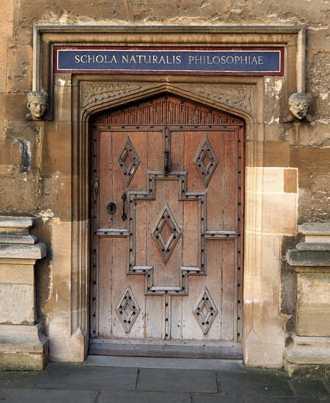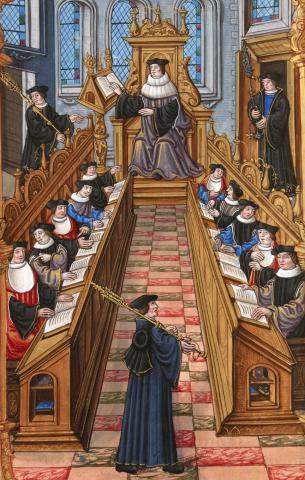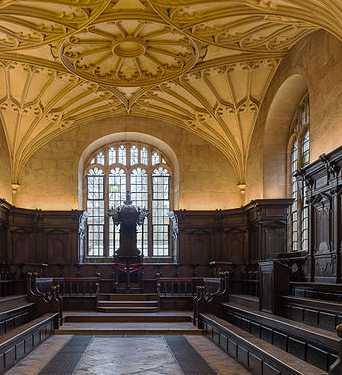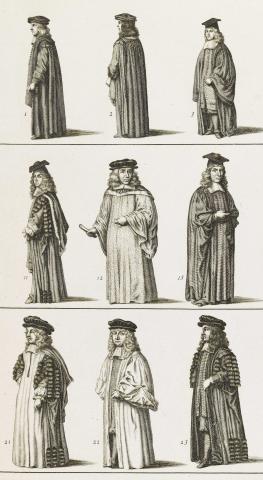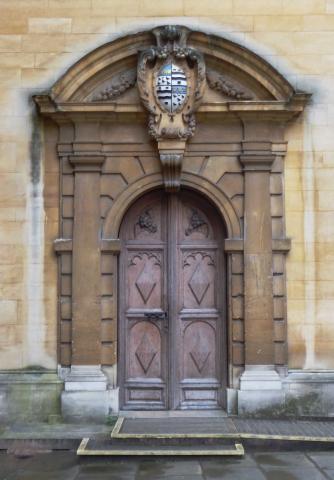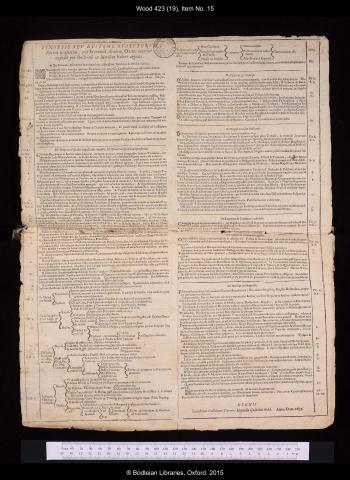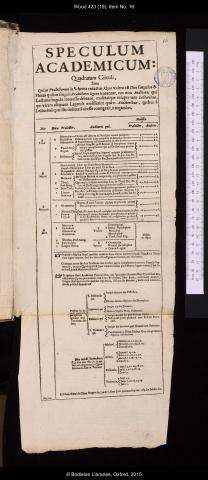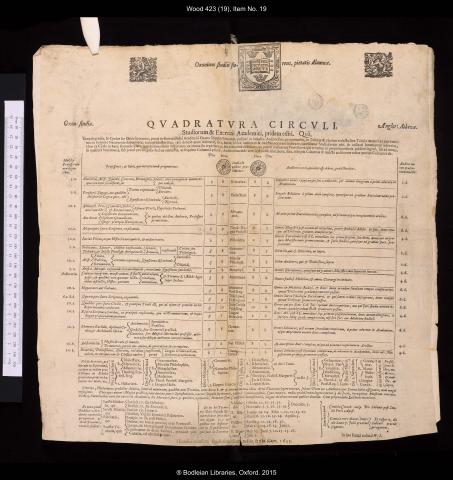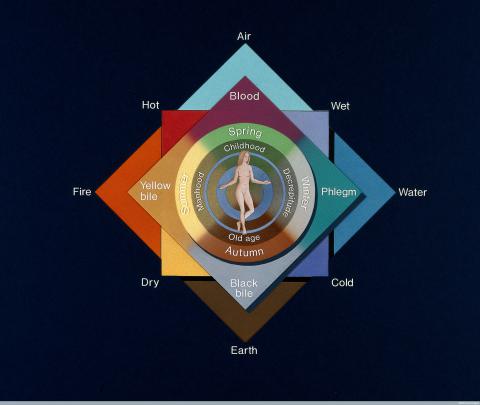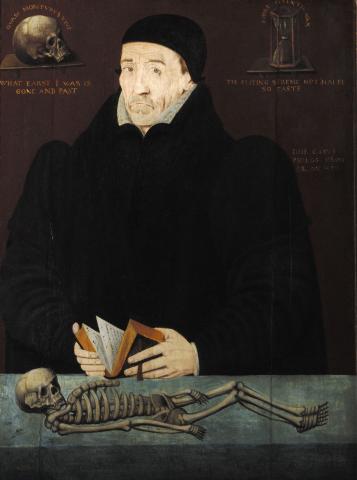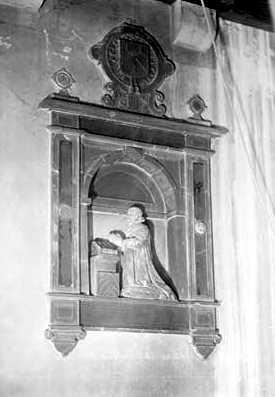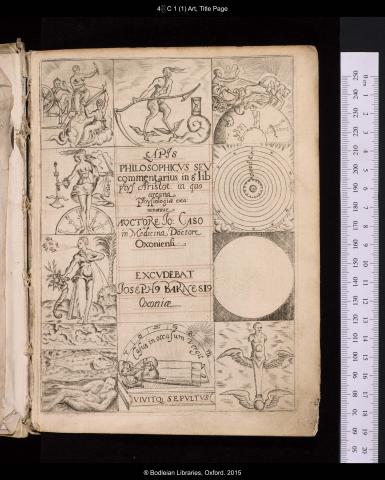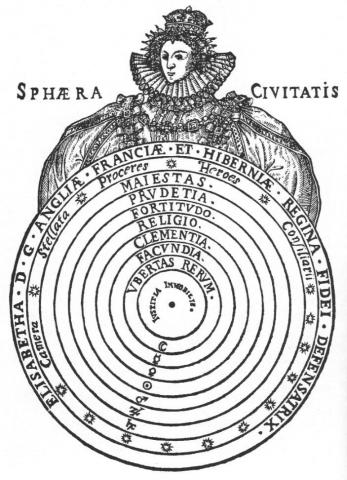T1 - Natural philosophy in the universities
The four tutorials in this Special Subject treat four different 'sites of science' and the variety of approaches to the understanding and control of nature practiced within them: the natural philosophy institutionalised in the universities (T1), the mechanical arts and forms of practical mathematics pursued in the marketplace (T3), form of intellectual and technical innovation patronised in princely courts (T3), and the new academies specifically devoted to the cultivation of new natural philosophical knowledge which were founded in the second half of the century (T4). The first tutorial deals with the form of natural knowledge most firmly institutionalised at the start of the seventeenth century and most thoroughly outdated by its end: the Aristotelian natural philosophy of the universities.


In order to understand the values prevailing in the European universities of the seventeenth century, it is necessary to understand the institution's legal status as a self-governing corporation, with jurisdiction over its members independent from the city in which it found itself, and differentiated internally by a vertiginous, formal status hierarchy.

In order to understand the forms of natural knowledge pursued in the universities of Europe around 1600, the first task is to understand the structure of the university curriculum and the place of natural philosophy and cognate disciplines within it. The scope and structure of the curriculum was remarkably standard across Europe throughout the latter middle ages, and was continued with remarkably little change into the seventeenth century. Nowhere is this structure given more enduring architectural form than in the Schools Quadrangle, built in Oxford between 1613 and 1624. For understanding what activities took place within those schools and how that standard curriculum was implemented in Oxford, an obvious starting point is provided by the formal university statutes refurbished during these same years and published in 1636.


John Case (1540/41?–1600) was Oxford’s leading philosopher in the decades before 1600. As fellow of St John’s College for the final third of the sixteenth century, he published the most comprehensive series of English textbooks in this period on most of the main branches of the Aristotelian cursus philosophicus: logic, ethics, politics, economics and physics. Moreover, in the case of natural philosophy, Case left behind both an introductory textbook for rank beginners (the Ancilla philosophiae) and a more advanced textbook for intermediate students (the Lapis philosophicus) both published for the first time on the eve of the new century, in 1599.

